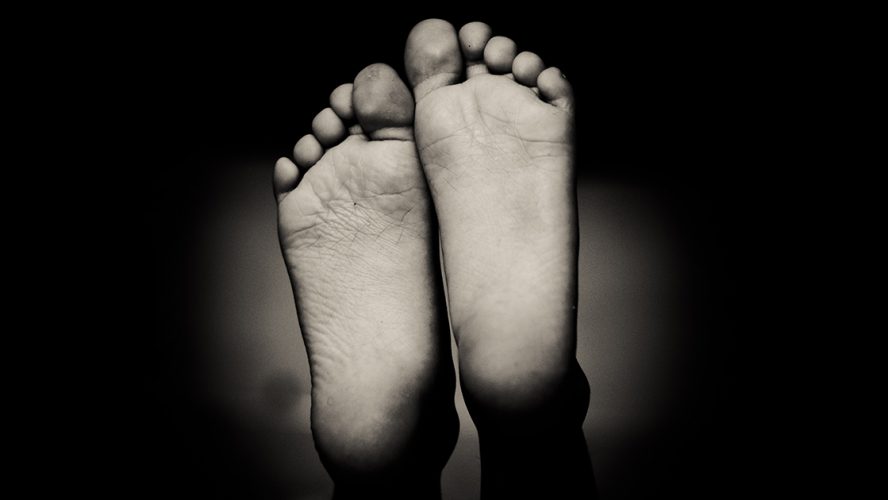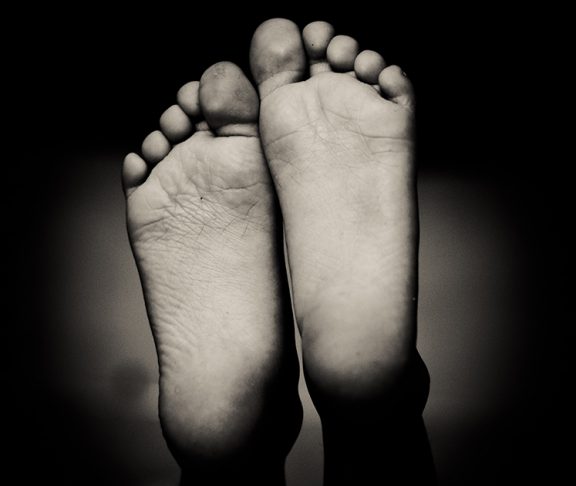Doctors reveal the four most common symptoms, from swelling to excruciating pain, and what steps to take to help avoid long-term repercussions.
“You would have a really swollen hot, painful joint, and that would usually come around at night,” says Dr. Joel R. Pittman, pharmacist and assistant professor of pharmacy practice at the University of Mississippi School of Pharmacy. “It would be so painful you wouldn’t even want to touch it. Some people can’t even stand to have the pressure of the bed sheet on it!”
“When someone comes in with a big, red hurting joint, and usually with gout it is the joint next to big toe right where it attaches to the foot, and it hurts to walk or even when the sheet hits it, I know I’m probably looking at gout” says Dr. Jeffrey J. Cain, president-elect of the American Academy of Family Physicians. “If your skin is red and feels warmer than the skin around it and you haven’t injured it, it could be gout or another infection, and you should go see your doctor.”
“Over 24 hours, if you have a painful, warm, red swollen joint you don’t even want to touch, reach out to your physician and make sure you get seen,” says Dr. Patience White, vice president for public health at the Arthritis Foundation. “Most people focus on drug treatment, weight loss and eating less purine-rich food to help control it.”
Breaking down
Purines are natural organic compounds found in all human cells and many foods. They are part of the process of breaking down uric acid, which is cleared through the kidneys. “A lot of this is related to genetics and co-morbidities,” says Dr. White. “We don’t know the actual gene or genes it is linked to, but we do know if someone in your family has gout, you are more likely to have it than someone who has no family history of it. The other health conditions associated with gout also have genetic components, such as diabetes, high cholesterol and heart disease.”
Symptoms may include:
- Warmth, pain and swelling in one joint, usually the big toe
- Intense pain that typically begins at night, and is so painful you don’t even want to put your sheet on it
- Increasing discomfort and pain that lasts for days
- Discoloration

